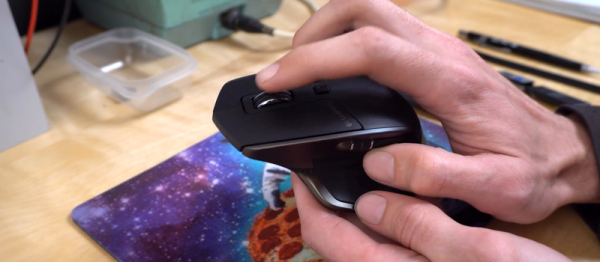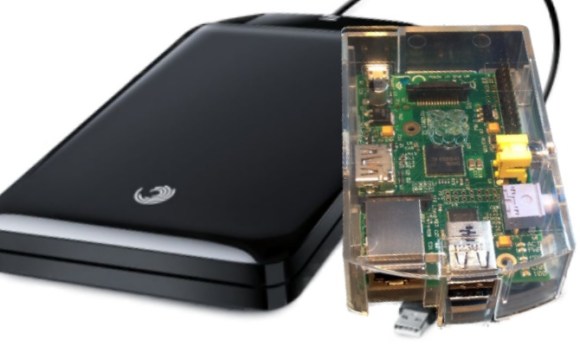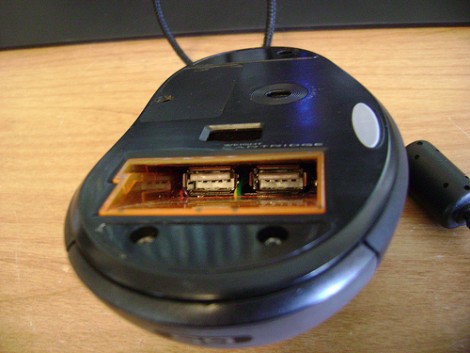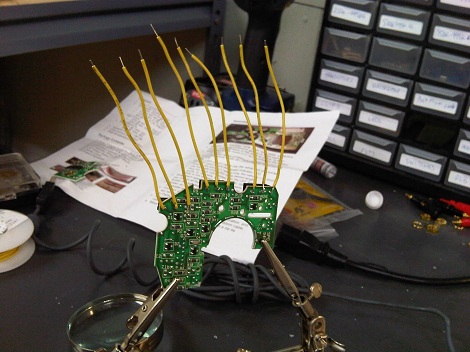[Thomas] loves his Logitech MX Master mouse, which has a pretty elaborate scroll-wheel mechanism. Perhaps too elaborate; it broke on him after a week of use, just when he was getting used to the feature. So what did he do? Took it apart and fixed it, naturally. And as a bonus, we get a guided tour of the interesting mechanism. Check out his video below to watch it in action.
The weighted scroll wheel switches between two different modes, one with a detent like you’re probably used to, and one where the wheel is allowed to spin freely for long-distance travel. And to do this, it’s actually got a little motor inside that rotates a cam and throws a lever into the side of the scroll wheel for the detent mode, and pulls the lever out of the way for free spins. It must also have some logic inside that detects how quickly the scroller is spun because it re-engages as soon as the scroll wheel stops.


















